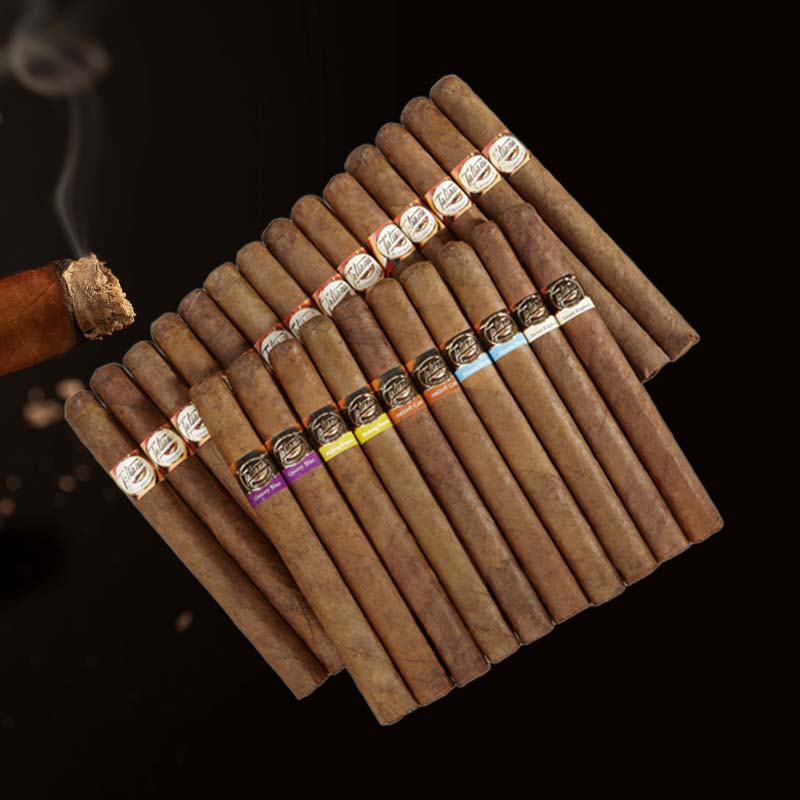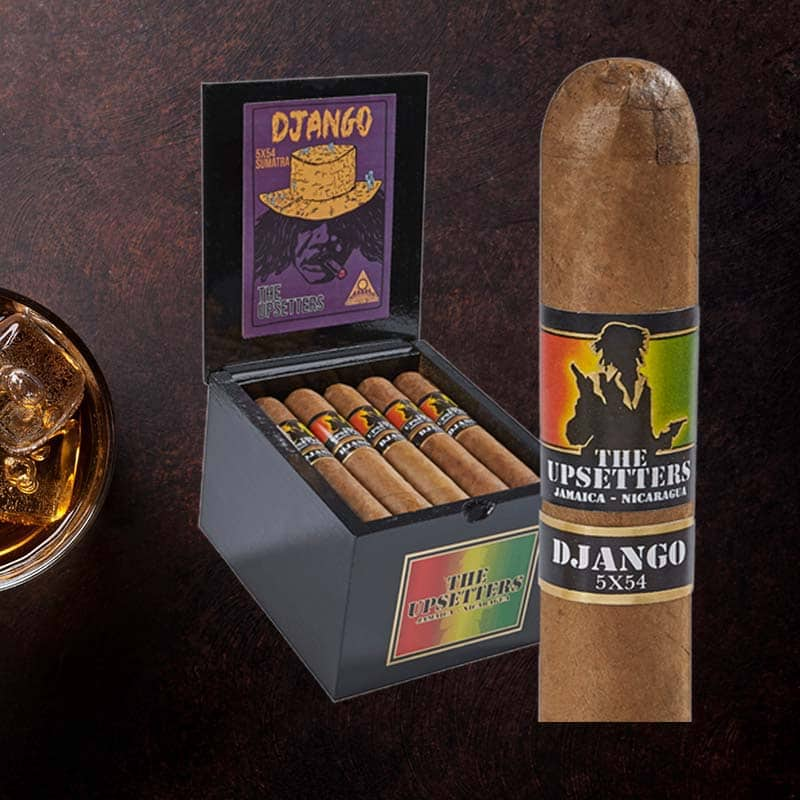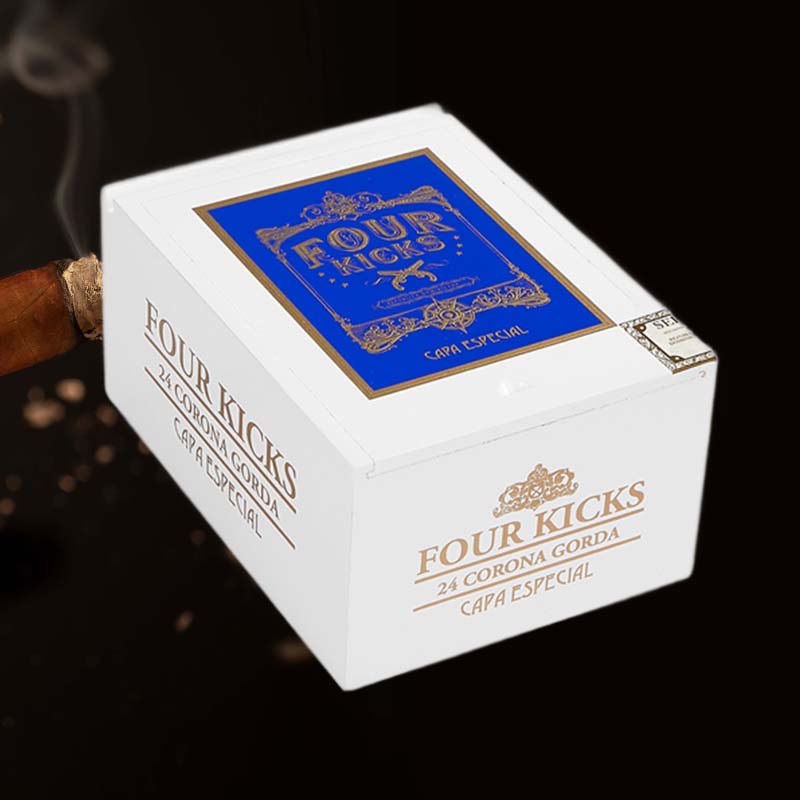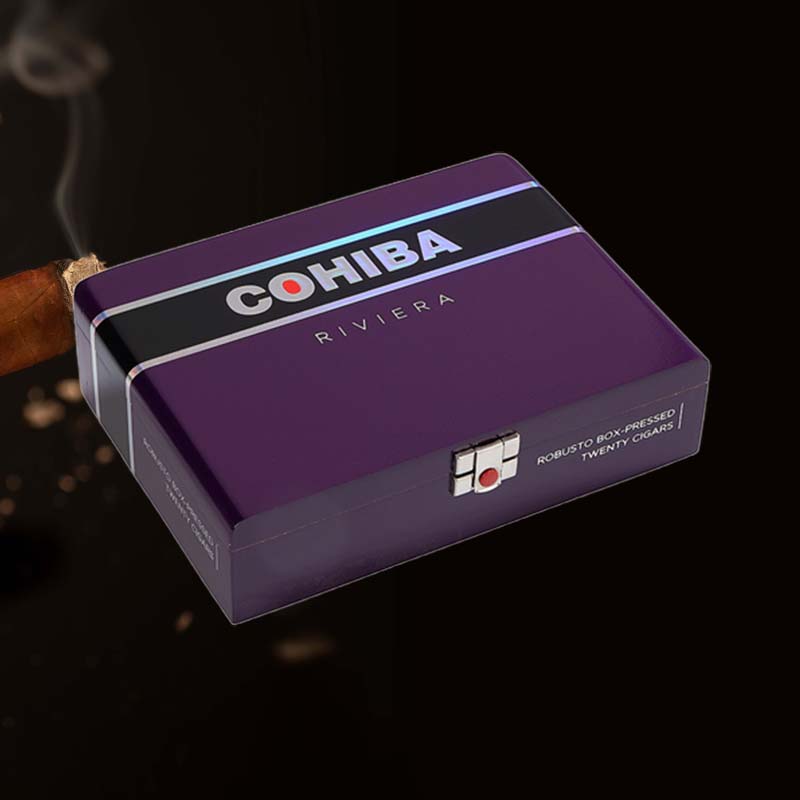How to fix a lighter torch
Ως άπληστος ενθουσιώδης πούρο, I’ve had my fair share of encounters with stubborn torch lighters. You know the feeling – you’re all set for a cozy evening with your favorite smoke, and your lighter decides to play hard to get. Frustrating, δικαίωμα? But don’t let that dim your spirits! I’ve learned a thing or two over the years about fixing torch lighters, and I’m excited to share the steps that can turn your stubborn lighter back into a reliable companion.
Βήμα 1: Υψηλής ποιότητας βουτάνιο
Γιατί η ποιότητα έχει σημασία
Before you dive into troubleshooting, let’s talk about butane. The quality of butane you use is crucial. I’ve found that using cheap or impure butane leads to clogging and uneven flames. Always opt for high-quality butane, as it ensures a cleaner burn and smoother operation. Πιστέψτε με, it can make all the difference!
Βήμα 2: Ελέγξτε τη φλόγα

Understanding Flame Characteristics
Having a good flame is vital. Let’s assess the situation: if your lighter’s flame is yellow or flickering, it could mean low gas pressure or contamination. A steady blue flame is a sign of proper function. If it’s behaving erratically, it’s time to investigate further.
Βήμα 3: Ελέγξτε το Flint

How to Inspect and Replace Flint
Flints are the heart of any lighter. If it’s worn down, your lighter just won’t ignite. I recommend checking the flint by taking off the top of the lighter. If it’s smaller than a pencil tip, it’s time for a new one. Replacing it is easy – simply unscrew the flint wheel and swap it out. Feeling the spark again is such a relief!
Βήμα 4: Ελέγξτε για έναν ήχο που σφυρίζει

Εντοπισμός διαρροών αερίου
A hissing sound from your lighter? That’s a red flag! Υποδεικνύει συνήθως διαρροή αερίου, which can be dangerous. I always recommend performing a quick visual and smell check. If you suspect a leak, safely store the lighter until a professional can take a look.
Βήμα 5: Αιμορραγία της δεξαμενής πριν από την επαναπλήρωση
How to Properly Bleed the Tank
Refilling your lighter can create pressure build-up, which affects performance. To bleed it, use a small tool to press the bleed valve until all gas escapes. I usually do this outdoors for safety. Μόλις τελείωσαν, refill it carefully with butane until you see some gas emerge from the filling valve.
Βήμα 6: Περιμένετε να ζεσταθεί ο αναπτήρας σας μετά την επαναπλήρωση

The Importance of Temperature in Functionality
Μετά την επαναπλήρωση, patience is essential! Give your lighter a few minutes to reach room temperature. I’ve rushed this step before, thinking I could ignite it right away. Ωστόσο, letting it stabilize ensures optimal performance and prevents any unwanted accidents!
Βήμα 7: Καθαρίστε τα τζετ
Cleaning Techniques for Optimal Performance
Clogged jets can prevent your lighter from working properly. I use a soft brush or compressed air to clean the jets gently. Always consult your owner’s manual for specific instructions, as some models can be more delicate than others. A clean jet means a happy flame!
Κοινά ζητήματα με αναπτήρες φακού

Identifying Symptoms of Malfunction
Μερικές φορές, even the best lighters misbehave. Τα συνήθη ζητήματα περιλαμβάνουν:
- Αδύναμη ή ασυνεπής φλόγα
- No spark when button pressed
- Διαρροές αερίου, noted by hissing
- Inability to light at all
Αντιμετώπιση προβλημάτων λιγότερο κοινά προβλήματα ελαφρύτερου φακού

Advanced Solutions for Rare Issues
Not all issues are straightforward. If your lighter turns on but won’t stay lit, it could mean a faulty ignition system. In this case, I recommend replacing the entire lighter. Sometimes it’s easier and more cost-effective in the long run.
Master the Art of Torch Lighter Troubleshooting

Best Practices for Long-Term Maintenance
To keep your lighter in top shape, remember to:
- Αποθηκεύστε το σε δροσερό, ξηρό μέρος.
- Clean it regularly to avoid clogs.
- Use quality butane for refills.
- Αποφύγετε να το ρίξετε ή να το εκθέσετε σε ακραίες θερμοκρασίες.
Αποτελεσματικές λύσεις για τον καθορισμό αναπτήρων του Torch
Step-by-Step Repair Process
If your lighter remains stubborn after following the tips above, here’s a quick repair guide:
- Inspect and replace flint as needed.
- Bleed the tank and refill with high-quality butane.
- Check for blockages in the jets.
- Replace any parts that remain faulty.
5 Κοινά ζητήματα που οι αναπτήρες του Torch δεν θα ανάψουν

Diagnostic Guide for Quick Fixes
If your lighter isn’t lighting at all, it could be due to:
- No gas in the tank.
- A faulty ignition system.
- Worn-out flint or sparking mechanism.
- Φραγμένα αεριωθούμενα.
- Gas leak.
Βάζοντας όλα μαζί: Final Steps
Final Checks Before Use
After you’ve followed these steps, do a final check: ensure the lighter is clean, filled with quality butane, and functioning properly. I always test the flame a few times to ensure it’s reliable before my big evening out.
Tips on Maintaining Your Torch Lighter

Preventative Measures for Longevity
For long-term use, consider the following:
- Regular cleaning and maintenance.
- Proper storage away from heat.
- Using butane specifically designed for torch lighters.
- Avoid overfilling the lighter at refills.
Συχνές ερωτήσεις

What causes a torch lighter to stop working?

A torch lighter can stop working due to low butane levels, φραγμένα αεριωθούμενα, a worn spark mechanism, or gas leaks. Regular maintenance can prevent these issues.
Πώς διορθώνετε έναν αναπτήρα που δεν θα σπινθήρα?
If your torch lighter won’t spark, check the flint for wear and replace it if necessary. Επίσης, inspect the ignition system for any faults.
Πώς διορθώνετε έναν φραγμένο ελαφρύτερο φακό?

To fix a clogged lighter, clean the jets using compressed air or a soft brush. Regular cleaning helps maintain optimal performance in the long run.
Γιατί δεν φωτίζει αυτός ο φακός?
A torch might not light up due to an empty gas tank, a broken ignition system, or obstructions in the jets. Diagnose the issue step by step.





